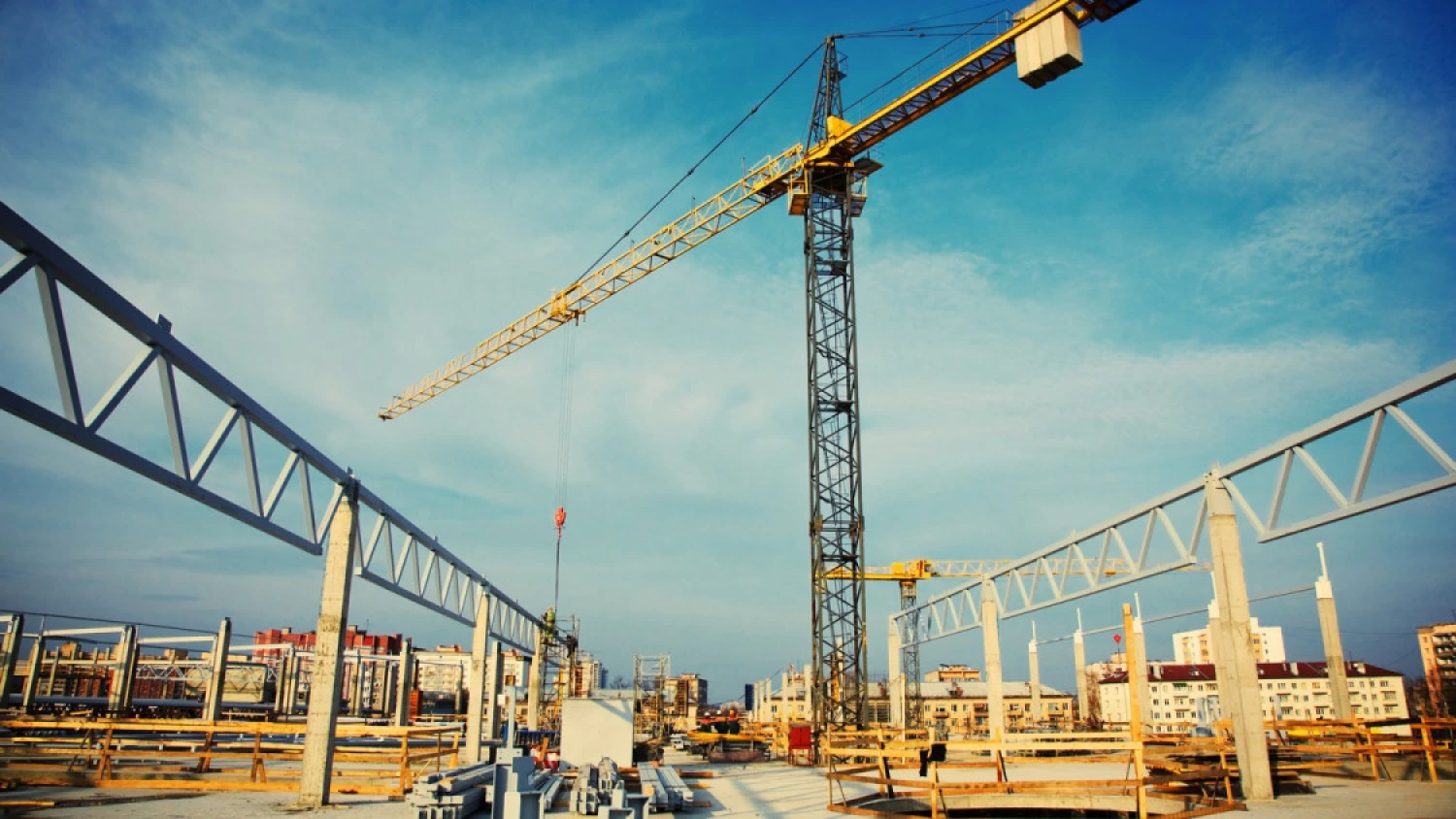
At the peak of the construction season, there were double-digit year-on-year drops in the issuance of building permits and approvals, the Statistical Office of the Slovak Republic reports. The number of started dwellings was significantly behind even the pre-pandemic period, but the completion was higher. The pace of completion and the start of construction slowed year-on-year in up to 6 regions.
In Q3 2023, housing construction recorded a significant slowdown. The numbers of started, under-construction and completed dwellings were lower than last year's corresponding period. In total, 4,232 dwellings were approved in Slovakia, which was the least since Q1 2022. Year-on-year, the number of completed dwellings decreased by 22%, but compared to the average during the 5 years before the pandemic it increased by 5.6%. Family houses made up 62% of the total number of completed dwellings.
For an objective assessment, the current values were compared with the average state of the third quarter in the last five pre-pandemic years (from 2015 to 2019). In 2020 and 2021, the pandemic fundamentally affected the housing construction process in individual quarters.
The most dwellings were approved in Bratislavský kraj, their number once again exceeded a thousand. On the contrary, Košický kraj had the fewest new dwellings ready for use, only 307. As many as 6 out of 8 regions recorded a decline in the number of completed dwellings. Construction slowed down by more than 30% in Bratislavský, Prešovský kraj and Žilinský kraj. On the contrary, compared to the 3rd quarter of last year, construction increased significantly in Banskobystrický kraj, by 46%. However, few dwellings have been built in this region for a long time, and therefore even a small increase in their number causes significant changes in the pace of construction.
Issuance of building permits has been lagging constantly since Q2 2022. Currently, at the national level, the number of started dwellings decreased by 15.4% year-on-year, with a total of only 4,168 dwellings being built. Compared to the 5-year average of the pre-pandemic years, the construction of the dwellings started dropping by almost a quarter.
From a regional perspective, the highest number of dwellings started to be built in Prešovský kraj, i.e. 814 dwellings, the least in Banskobystrický kraj, only 201 dwellings. The start of construction of new dwellings dropped by more than half in Trenčiansky kraj, by a third in Banskobystrický and Trnavský kraj, and it was lower by more than a quarter in Žilinský kraj. The construction of dwellings fared better only in Prešovský and Nitriansky kraj. Compared to the pre-pandemic period, the number of dwellings started in Bratislavský kraj dropped by more than half, and another 5 regions also recorded high declines.
By the end of September 2023, 79,100 dwellings were under construction in Slovakia, which was 2.9% less than a year ago, but compared to the pre-pandemic years it was by 6.9% more. It continued to be the case that six out of ten dwellings under construction were dwellings in family houses. There were the most dwellings under construction in Bratislavský, Žilinský and Trnavský kraj. The year-on-year construction rate decreased the most in Bratislavský kraj, by 13.8%, and it decreased slightly in the other 4 regions. The growth of dwellings under construction was recorded in Trnavský, Nitriansky and Prešovský kraj. Compared to the pre-pandemic year, construction in the regions rose, except for the Bratislavský and Košický kraj.
In total, for the three quarters of 2023, building authorities approved the completion of 14 021 dwellings, which was 1.2% less year-on-year, but by almost 23% more than the average of the corresponding periods in the five years before the pandemic (in 2015- 2019). At the same time, in the first nine months of 2023, more than 12,500 dwellings were built, which was by a fifth less than a year ago and also by 16.1% less than in the pre-pandemic years.



